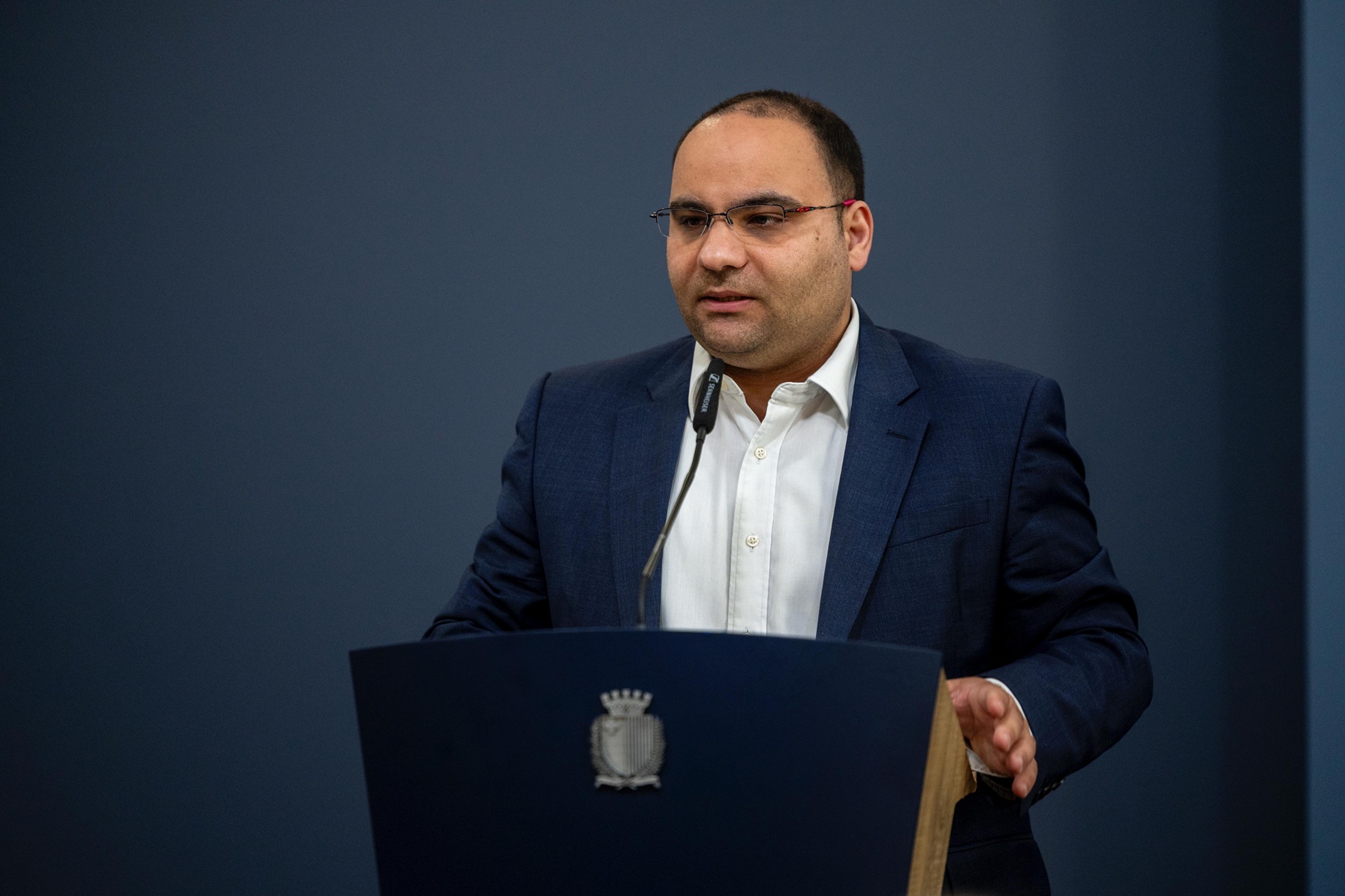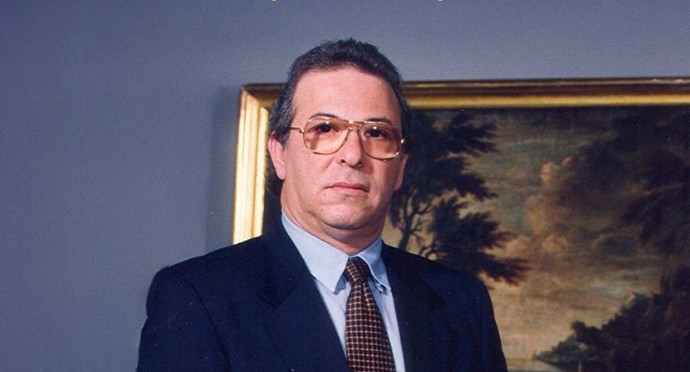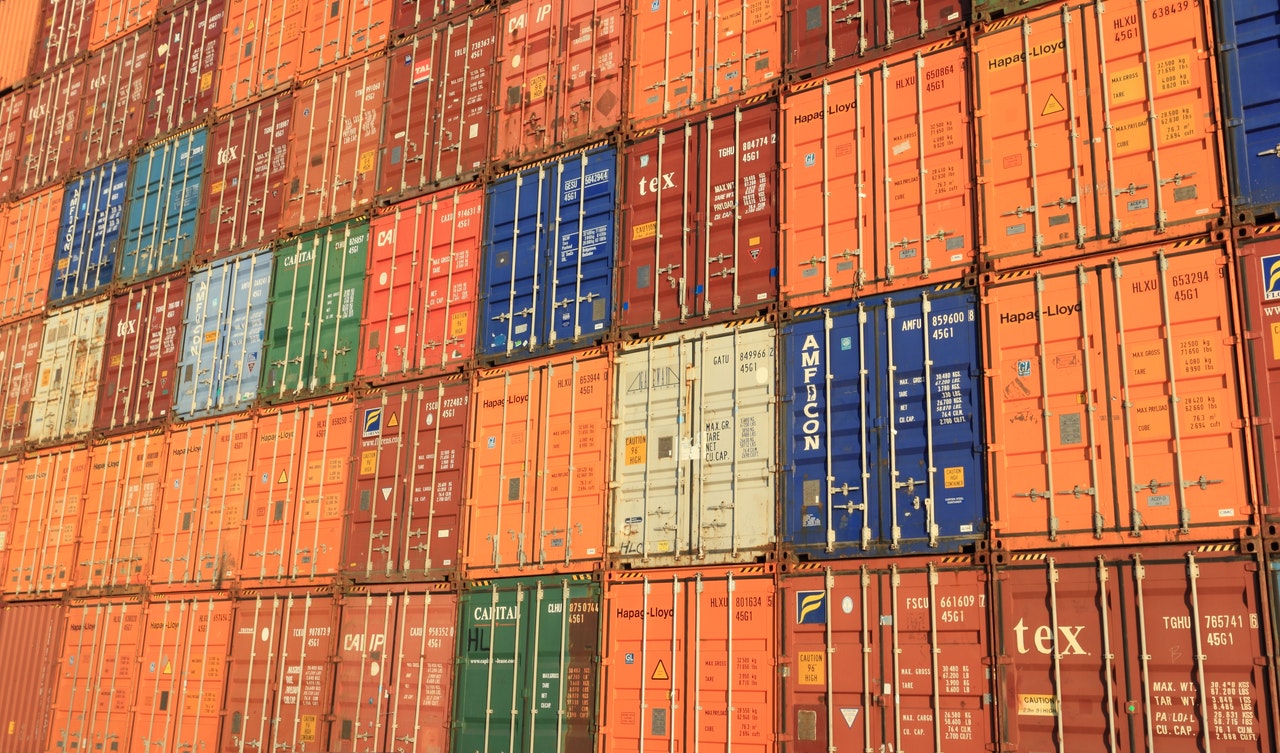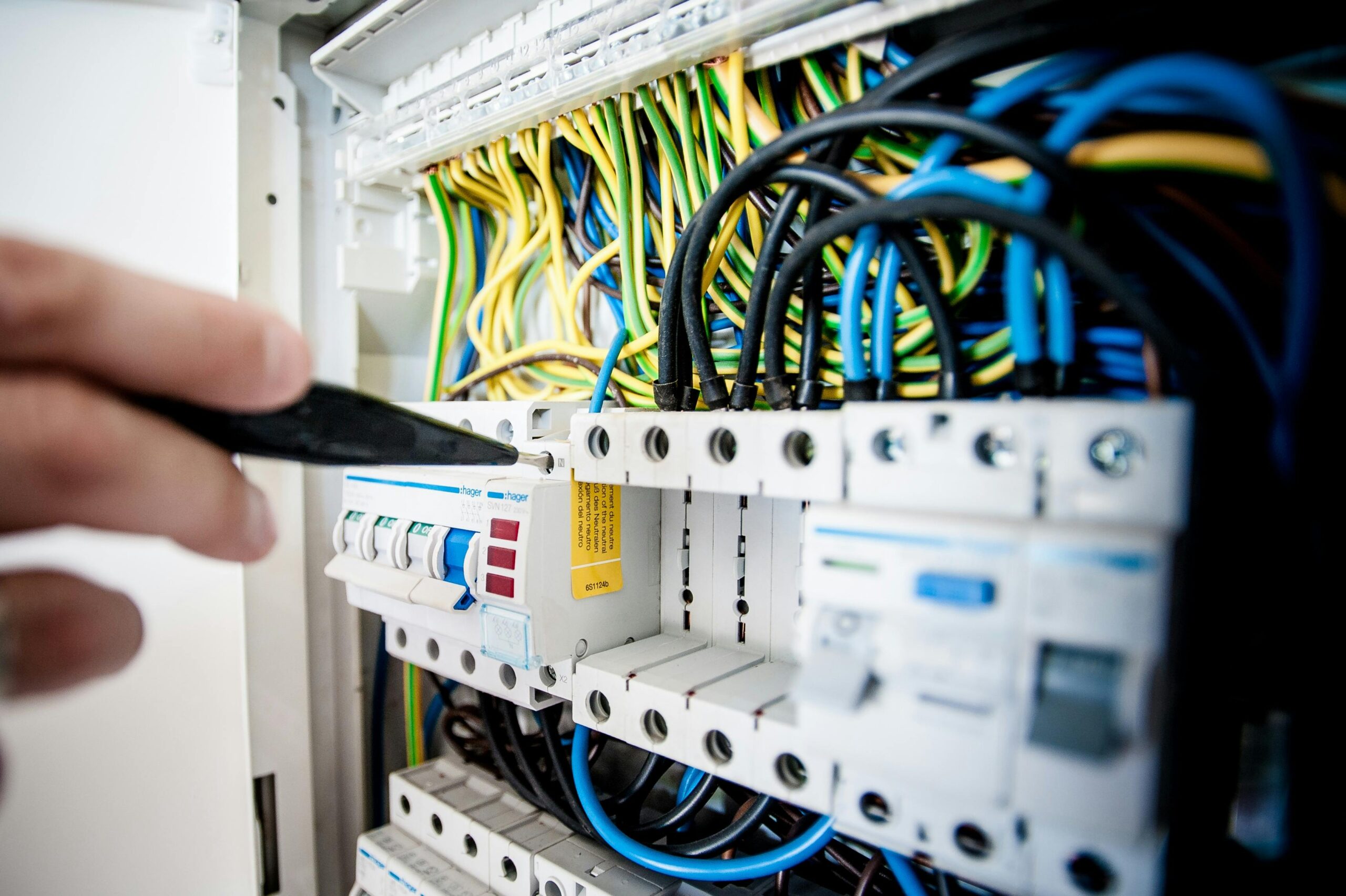The escalating conflict between Israel and Iran – with the US now joining the fray – has sent shockwaves through global energy markets, with fears mounting that natural gas fields and critical shipping routes could become targets.
However, Finance Minister Clyde Caruana has dismissed concerns about any potential impact on Malta, saying the country has “plenty of space to manoeuvre.”
Speaking to BusinessNow.mt, Mr Caruana insists the islands have “plenty of space to manoeuvre” thanks to heavy energy subsidies, despite the turmoil.
“Things haven’t changed much, we still have our stability policy in place,” he says.
The conflict can have a major impact on the world’s energy supply. Iran shares the South Pars/North Dome field – the world’s largest natural gas reservoir – with Qatar, and any disruption could send prices soaring. Since 20 per cent of global LNG shipments pass through the Strait of Hormuz, a key chokepoint controlled by Iran, the risk of supply shocks has already driven market volatility.
Malta does not depend on a single source of energy as it uses gas for the Electrogas plant in Delimara and electricity from Sicily via the interconnector.
The 2025 Budget allocates €152 million for subsidies – just half of 2024’s €320 million – reflecting lower forecasted energy costs. However, final spending depends on oil price fluctuations and hedging agreements by state entities Enemalta and Enemed.
Until 2022, Malta relied on long-term LNG contracts with Azerbaijan (via SOCAR) to secure fixed-price gas, insulating consumers from market spikes, which has now been replaced by a contract with Italy’s ENEL.
The combination of gas price hedging agreements and state subsidies has kept Malta’s electricity prices among the EU’s lowest. However, the system also has vulnerabilities:
- If global prices surge, Malta’s subsidies become more expensive, straining public finances.
- If prices crash, Malta may overpay due to fixed contracts.
- EU scrutiny looms, as The European Commission calls on Malta to gradually eliminate energy subsidies, in a formal warning against excessive budget deficits.
Is Malta fully shielded from the crisis?
When Malta was still sourcing its gas from the Azerbaijani state energy company SOCAR, the majority of imported LNG came from Trinidad and Tobago (as per figures relating to the period from 2017 to 2021). It is not clear where the gas obtained from ENEL comes from. Regardless of the actual source, however, the price Malta pays for energy remains exposed to secondary effects.
1. Global price spillover – Any major disruption in Hormuz would inflate LNG costs worldwide, indirectly pressuring Malta’s subsidy bill.
2. Shipping insurance and risks – If tankers avoid the Middle East, transport costs rise, potentially affecting even non-Gulf suppliers.
3. Europe’s LNG Dependency – The EU’s pivot to Qatari LNG (post-Russia sanctions due to the war in Ukraine) means a Hormuz blockade could divert supplies away from Europe, tightening the market.
A short-term fix vs a long-term solution
Malta’s price stability mechanism offers residents and businesses relief from the energy price shocks seen in recent years, and that we may soon see yet again. However, its long-term sustainability remains in question. The Israel-Iran conflict could still disrupt energy markets, forcing tougher fiscal choices. Without faster green energy transitions and supply diversification, the island’s low bills may one day face an unavoidable reckoning.
The potential geopolitical consequences of the Iran-Israel conflict are leaving markets on edge, and it seems volatility is here to stay.
Meanwhile, Europe’s role in the conflict remains to be seen.
Debunking the gender pay gap in the EU
Around 24 per cent of the gender pay gap is due to over-representation of women in relatively low-paid sectors
EU to tax small parcels from China in new crackdown
The decision to remove the exemption on small parcels is part of a broader overhaul of EU customs rules
Malta enjoys second lowest electricity prices in the EU
The cost of 100 kWh of electricity ranges from €38.4 in Germany to a low of €6.2 in Turkey






